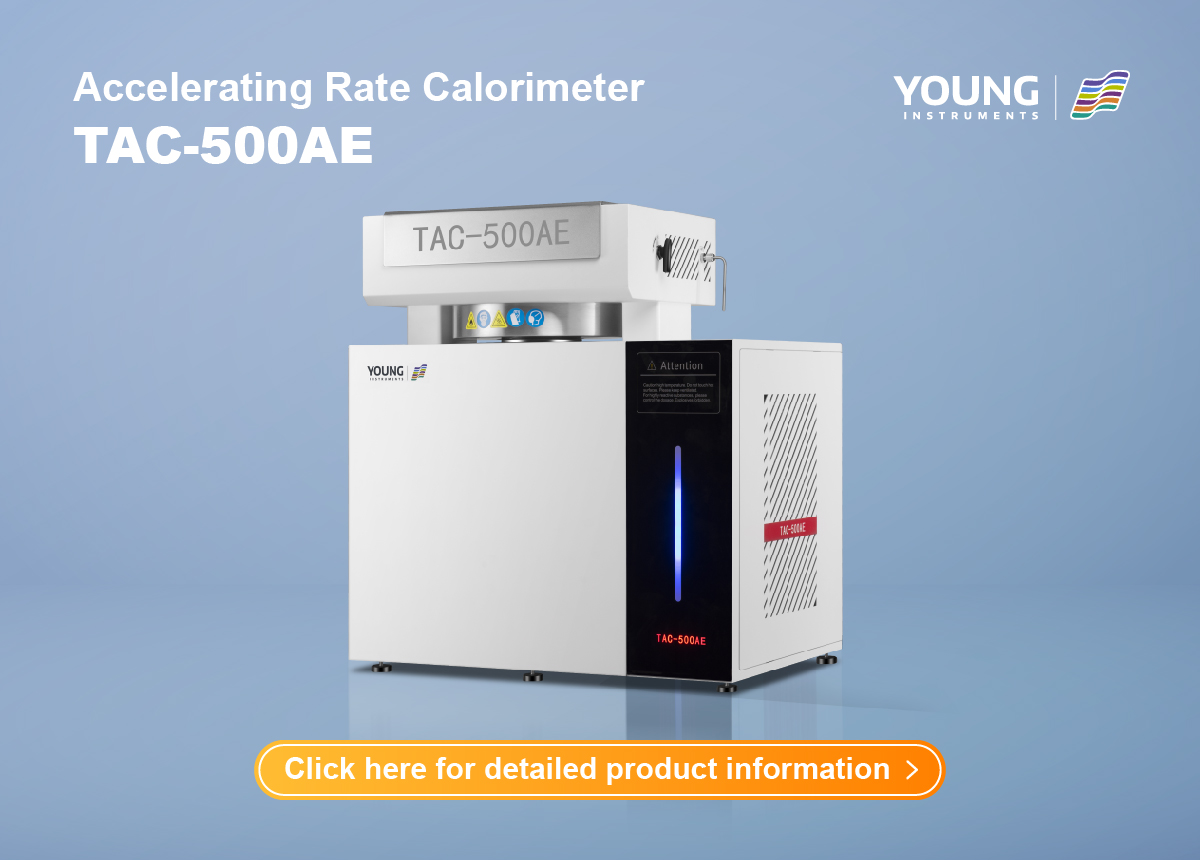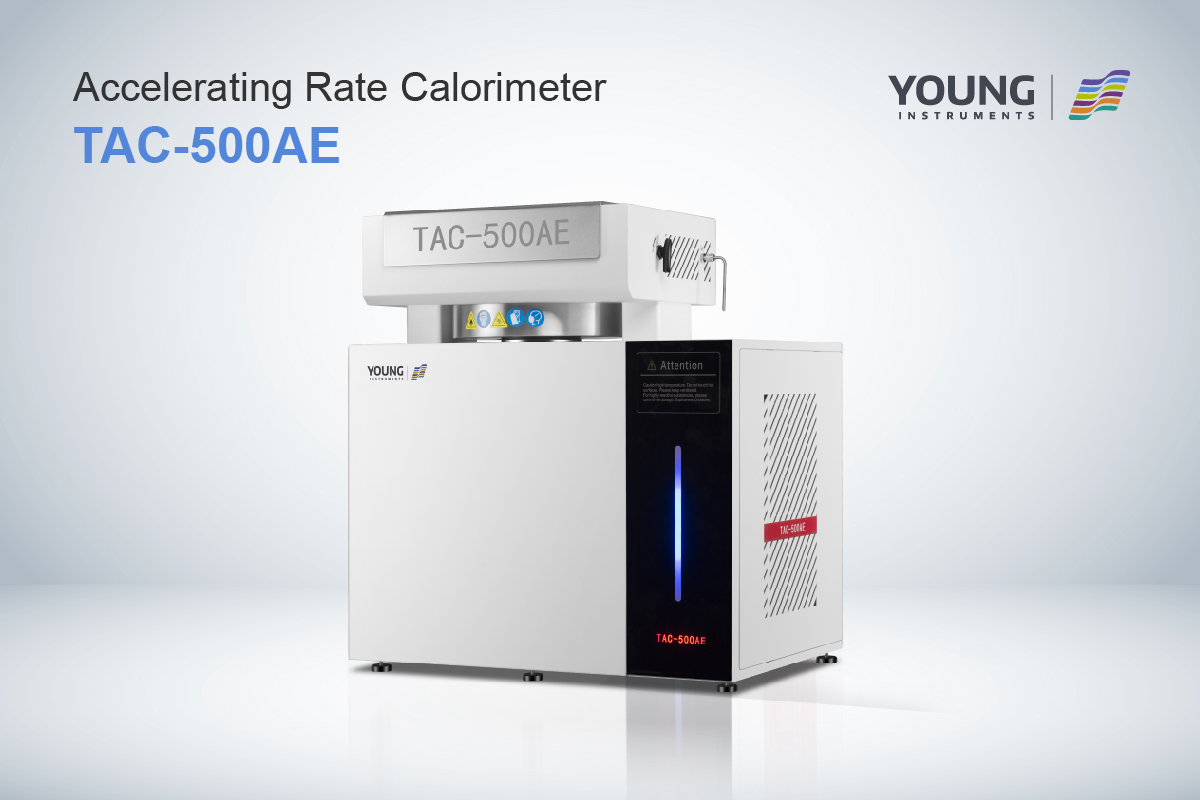Adiabatic Calorimetry Testing: Understanding the Basics
Adiabatic calorimetry testing is a crucial process in various industries, particularly in chemical processes, safety assessments, and thermodynamic research. The process involves measuring the amount of heat generated or absorbed by a chemical reaction under adiabatic conditions. Adiabatic calorimetry testing is essential for designing emergency relief systems, ensuring the safe scale-up of chemical processes, and safe transport and storage of chemicals.
The adiabatic principle is realized in instruments that work according to the accelerating rate calorimetry (ARC) method. The instruments are designed to ensure that there is no heat transferred between the system and its surroundings, and the exothermic heat produced by a reaction directly goes to increasing the temperature. As the temperature increases, the rate of reactions often exponentially increases. Adiabatic calorimetry testing provides data for relief system design, safe scale-up of chemical processes, and changes to process recipes. Safe process design requires knowledge of chemical reaction rates, character, and energy release, all of which can be obtained from a low phi-factor adiabatic calorimeter such as the VSP2 TM or ARSST TM.
Principles of Adiabatic Calorimetry
Thermodynamic Foundations
Adiabatic calorimetry is a technique used to measure the heat generated by a chemical reaction. It is based on the first law of thermodynamics, which states that energy cannot be created or destroyed, but can only be transferred from one form to another. In an adiabatic calorimeter, the system is designed to be thermally insulated so that no heat is exchanged with the surroundings. This means that all the heat generated by the reaction is retained within the system.
Adiabatic Process Characteristics
The adiabatic process is characterized by the absence of heat transfer between the system and its surroundings. This means that the internal energy of the system remains constant, and any change in temperature is due to the work done on or by the system. In an adiabatic calorimeter, the heat generated by the reaction is absorbed by the sample and causes a temperature rise. The temperature rise is measured by a temperature sensor, and the heat generated by the reaction is calculated from the temperature rise and the heat capacity of the sample.
Adiabatic calorimetry is a valuable tool for determining the thermal stability of materials and for studying chemical reactions. It is widely used in the chemical and pharmaceutical industries for safety testing and quality control. By measuring the heat generated by a reaction, adiabatic calorimetry can provide valuable information about the reaction kinetics, reaction mechanism, and the potential hazards associated with the reaction.
In summary, adiabatic calorimetry is a powerful technique for studying the heat generated by chemical reactions. It is based on the first law of thermodynamics and the absence of heat transfer between the system and its surroundings. By measuring the temperature rise caused by the reaction, adiabatic calorimetry can provide valuable information about the reaction kinetics, mechanism, and safety implications.
Adiabatic Calorimetry Equipment
Adiabatic calorimetry equipment is designed to measure the heat generated by a chemical reaction under adiabatic conditions. This equipment is essential for obtaining data for emergency relief system (ERS) design, safe scale-up of chemical processes, safer process design, and safe transport and storage.
Calorimeter Design
The adiabatic calorimeter design consists of an inner vessel, which contains the sample, and an outer vessel, which serves as a heat shield. The vessels are separated by a vacuum or an insulating material to minimize heat loss. The sample is heated at a constant rate, and the heat generated by the reaction is measured.
There are two main types of adiabatic calorimeters: the accelerating rate calorimeter (ARC) and the pressure differential scanning calorimeter (PDSC). The ARC is used to measure the rate of heat release, while the PDSC is used to measure the heat capacity of the sample.
Temperature and Pressure Measurement
Temperature and pressure measurement are critical components of adiabatic calorimetry equipment. The temperature of the sample is measured using a thermocouple or a resistance thermometer. The pressure of the sample is measured using a pressure transducer.
The temperature and pressure data are used to calculate the heat generated by the sample. The heat generated is then used to calculate the reaction rate and the heat of reaction.
In conclusion, adiabatic calorimetry equipment is essential for obtaining data for ERS design, safe scale-up of chemical processes, safer process design, and safe transport and storage. The design of the calorimeter and the measurement of temperature and pressure are critical components of this equipment.
Test Procedures
Adiabatic calorimetry testing is a specialized test that provides data for emergency relief system (ERS) design, safe scale-up of chemical processes, safer process design, and safe transport and storage. To perform the test, you need to follow a specific protocol and prepare the sample carefully.
Sample Preparation
The sample preparation is crucial for the accuracy and reliability of the results. The sample should be representative of the material you want to test and should be prepared according to the guidelines provided by the instrument manufacturer.
The sample should be homogeneous, dry, and finely ground to ensure that it reacts uniformly during the test. The particle size should be smaller than the test cell diameter to ensure that the heat generated by the reaction can be dissipated efficiently.
Before loading the sample into the test cell, you should weigh it accurately and record the weight. You should also record the chemical composition and other relevant information such as the storage conditions and the date of preparation.
Test Execution Protocol
The test execution protocol is equally important for the accuracy and reliability of the results. The protocol should be followed strictly to ensure that the test conditions are consistent and reproducible.
The test cell should be cleaned and dried before loading the sample. The test cell should be equipped with a temperature sensor, a pressure sensor, and a vent to release the gas generated during the reaction.
The test should be conducted in an adiabatic environment to ensure that no heat is lost to the surroundings. The test cell should be insulated, and the temperature should be monitored continuously during the test.
During the test, the sample should be heated slowly to the desired temperature, and the temperature and pressure should be recorded continuously. The heat generated by the reaction should be calculated from the temperature and pressure data, and the heat release rate should be plotted as a function of time.
In conclusion, adiabatic calorimetry testing is a specialized test that requires careful sample preparation and strict adherence to the test execution protocol. By following the guidelines provided by the instrument manufacturer and ensuring that the test conditions are consistent and reproducible, you can obtain accurate and reliable data for emergency relief system (ERS) design, safe scale-up of chemical processes, safer process design, and safe transport and storage.
Data Analysis and Interpretation
Adiabatic calorimetry testing provides essential data for emergency relief system (ERS) design, safe scale-up of chemical processes, safer process design, and safe transport and storage. Data analysis and interpretation are critical in determining the safety of a material.
Heat Flow Calculation
Heat flow calculation is a crucial aspect of adiabatic calorimetry testing. It involves measuring the heat generated by a reaction over time. The heat generated by the reaction is a function of the rate of the reaction and the specific heat of the reactants. Heat flow calculation is done by measuring the temperature change over time and using the heat capacity of the system to calculate the heat flow. The heat capacity of the system is determined by measuring the heat flow generated by a known amount of heat and using the temperature change to calculate the heat capacity.
Exothermic Reaction Assessment
Adiabatic calorimetry testing is used to assess the exothermic reactions of materials. Exothermic reactions are chemical reactions that release heat. The amount of heat released during an exothermic reaction is known as the heat of reaction. The heat of reaction is a critical parameter in the design of chemical processes and the handling of chemicals. In adiabatic calorimetry testing, the heat of reaction is determined by measuring the temperature change during the reaction. The temperature change is then used to calculate the heat of reaction.
In conclusion, adiabatic calorimetry testing provides critical data for the safe handling of chemicals. The heat flow calculation and exothermic reaction assessment are essential aspects of data analysis and interpretation. The data obtained from adiabatic calorimetry testing is used to design safe chemical processes and handle chemicals safely.
Applications of Adiabatic Calorimetry
Adiabatic calorimetry is a powerful tool for measuring the heat of a reaction and calculating the adiabatic temperature rise for an exothermic reaction. It is used in a variety of applications, including chemical process safety and material characterization. In this section, we will explore these two applications in more detail.
Chemical Process Safety
Adiabatic calorimetry is an essential tool for ensuring the safety of chemical processes. It is used to measure the heat generated by a reaction and to calculate the adiabatic temperature rise that would occur if the reaction were to run away. This information is critical for designing safe chemical processes and for preventing accidents.
Adiabatic calorimetry is particularly useful for identifying potential hazards associated with exothermic reactions. By measuring the heat generated by a reaction, it is possible to determine whether the reaction is likely to become self-sustaining and to identify the conditions under which this might occur. This information can then be used to design appropriate safety measures, such as cooling systems and pressure relief devices.
Material Characterization
Adiabatic calorimetry is also used for material characterization. It is used to measure the heat of reaction for a wide range of materials, including polymers, pharmaceuticals, and explosives. This information is critical for understanding the behavior of these materials under different conditions and for designing appropriate storage and handling procedures.
In material characterization, adiabatic calorimetry is used to determine the heat of reaction for a material under a range of conditions, such as different temperatures and pressures. This information can then be used to determine the stability and reactivity of the material and to design appropriate handling procedures.
Overall, adiabatic calorimetry is a powerful tool for ensuring the safety of chemical processes and for characterizing the behavior of materials under different conditions. By measuring the heat of a reaction and calculating the adiabatic temperature rise, it is possible to design safe chemical processes and to develop appropriate storage and handling procedures for a wide range of materials.








































